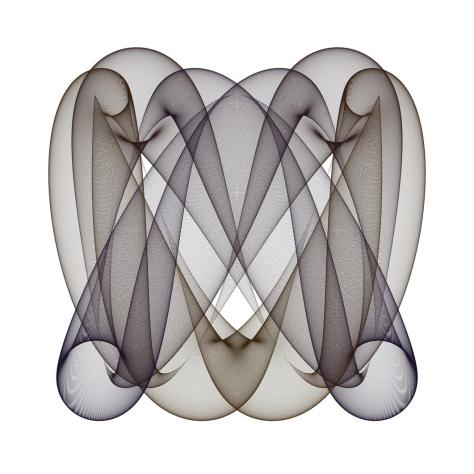Further work in research on ontological visualization, via Phys.org:
“Scientific information is one factor that can influence decision-making to achieve change, and visualisation of data through graphics – such as graphs, diagrams and thematic maps – plays an important role in the communication of climate change findings to both expert and non-specialist audiences.”
Read more at: http://phys.org/news/2016-11-guidelines-aim-scientific.html#jCp

